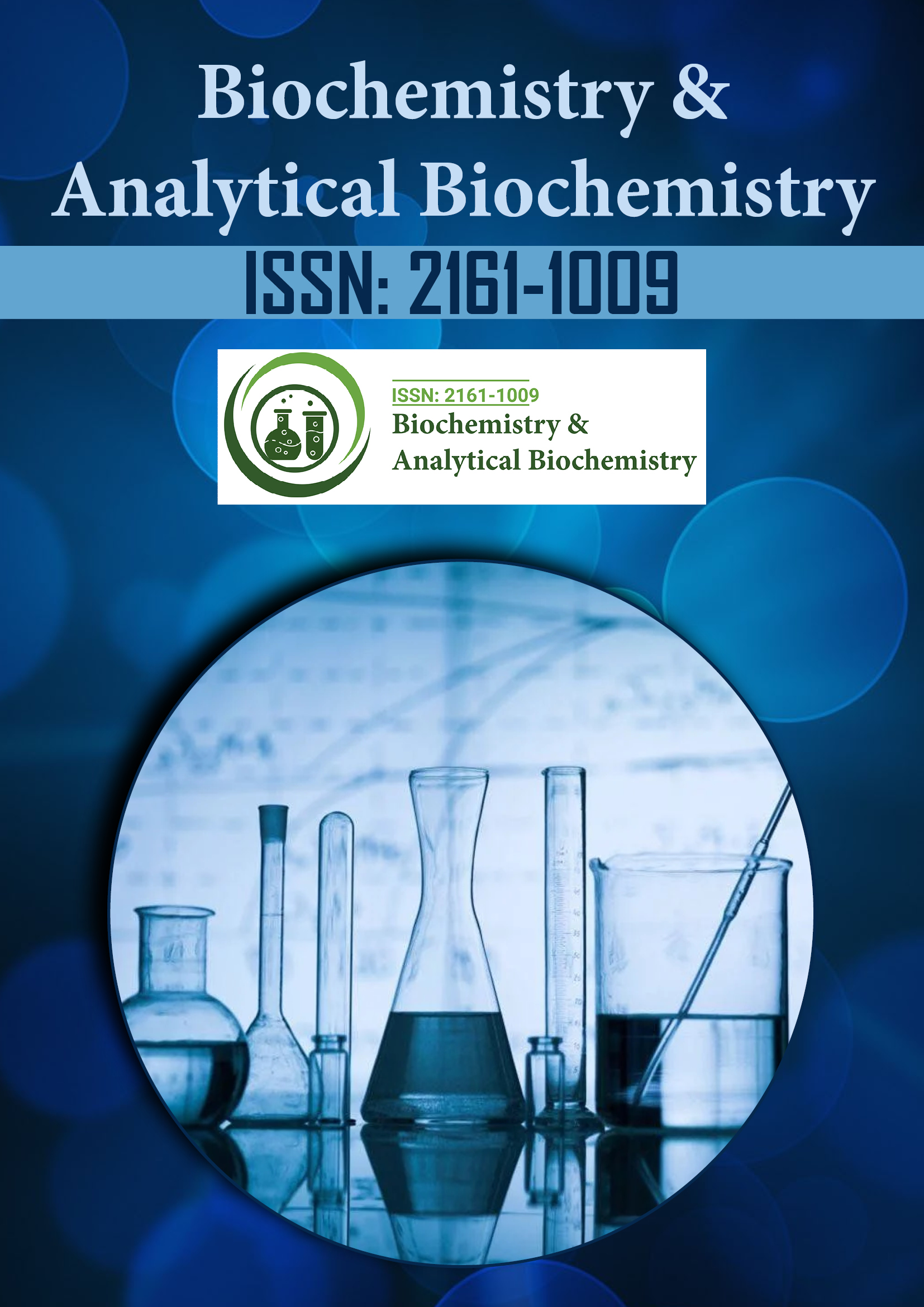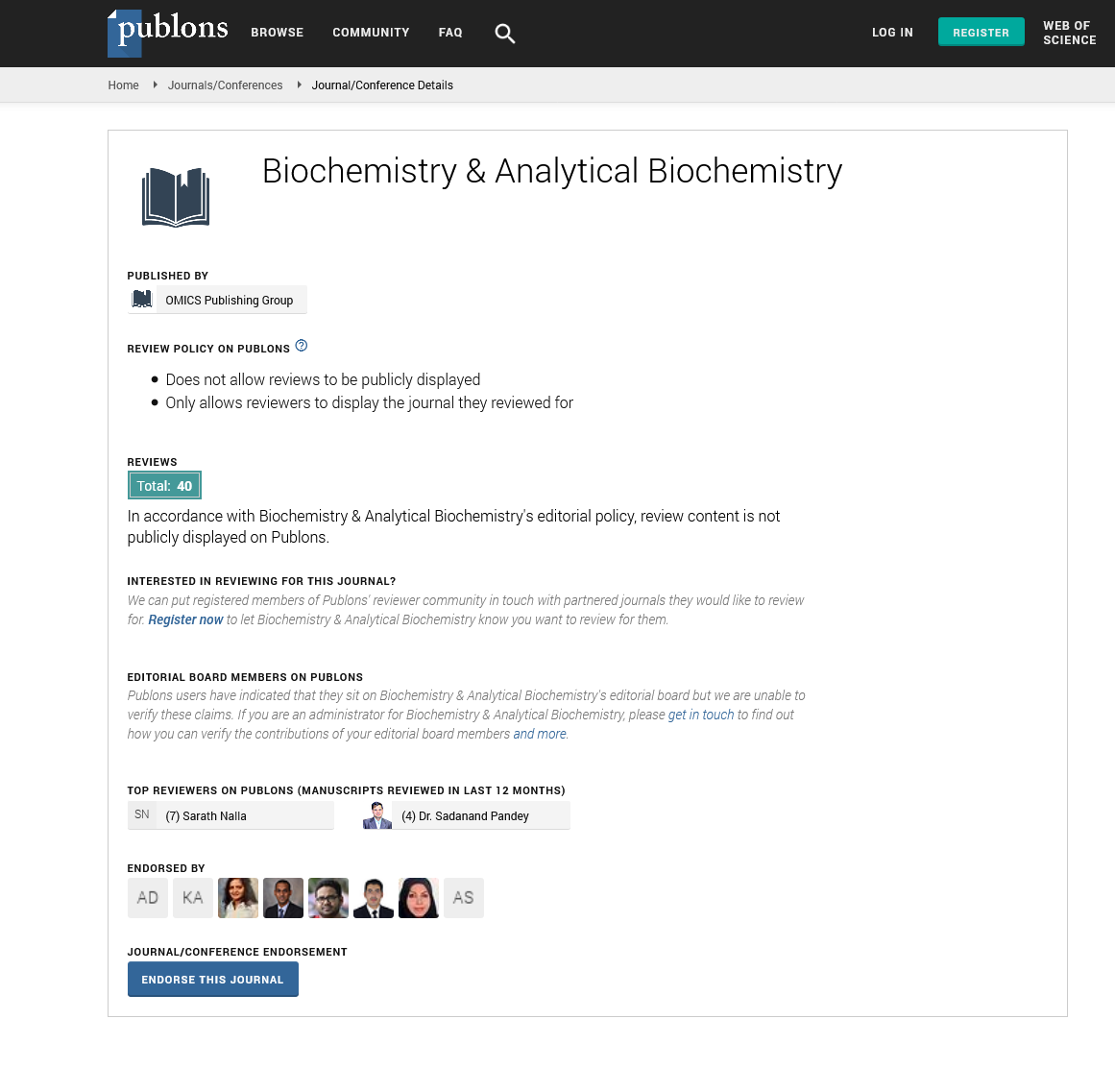Indexed In
- Open J Gate
- Genamics JournalSeek
- ResearchBible
- RefSeek
- Directory of Research Journal Indexing (DRJI)
- Hamdard University
- EBSCO A-Z
- OCLC- WorldCat
- Scholarsteer
- Publons
- MIAR
- Euro Pub
- Google Scholar
Useful Links
Share This Page
Journal Flyer

Open Access Journals
- Agri and Aquaculture
- Biochemistry
- Bioinformatics & Systems Biology
- Business & Management
- Chemistry
- Clinical Sciences
- Engineering
- Food & Nutrition
- General Science
- Genetics & Molecular Biology
- Immunology & Microbiology
- Medical Sciences
- Neuroscience & Psychology
- Nursing & Health Care
- Pharmaceutical Sciences
Braiding of Majorana fermions, topological quantum computation and the nature of Clifford algebras
International Conference on Clinical Chemistry & Laboratory Medicine
October 17-18, 2016 Chicago, USA
Louis H Kauffman
University of Illinois at Chicago, USA
Keynote: Biochem Anal Biochem
Abstract:
Majorana fermions are fermionic particles that are their own anti-particles. Mathematically, a standard fermion such as an electron can be seen as a composite of two Majorana fermions. At the level of operators in quantum field theory this is seen by writing F=a+ib where, F is the fermion annihilation operator and a and b are elements of a Clifford algebra where a^2= b^2=1 and ab=-ba. Then F*=a-ib and we have F^2=F*^2=0 and FF*+F*F is a scalar. Remarkably, rows of electrons in nanowires have been shown to have correlation behaviors that correspond to this decomposition and topologically remarkable is the fact that the underlying Majorana fermions have a natural braiding structure. This talk will discuss the braiding structure of Majorana fermions, possible applications to topological quantum computing and ways to understand the mathematical meaning of the fermion operators.
Biography :
Louis H Kauffman has completed his PhD in 1972 from Princeton University and has taught at the University of Illinois at Chicago in the Mathematics Department since 1971. He is a Professor of Mathematics and the author of more than 200 papers and numerous books related to the topology of knots. He is the Editor-in-Chief of the Journal of Knot Theory and its Ramifications and is a Fellow of the American Mathematical Society. He is a former President of the American Society for Cybernetics and the recipient of the Warren McCulloch Award and the Norbert Wiener Gold Medal from the American Society for Cybernetics.
Email: loukau@gmail.com

